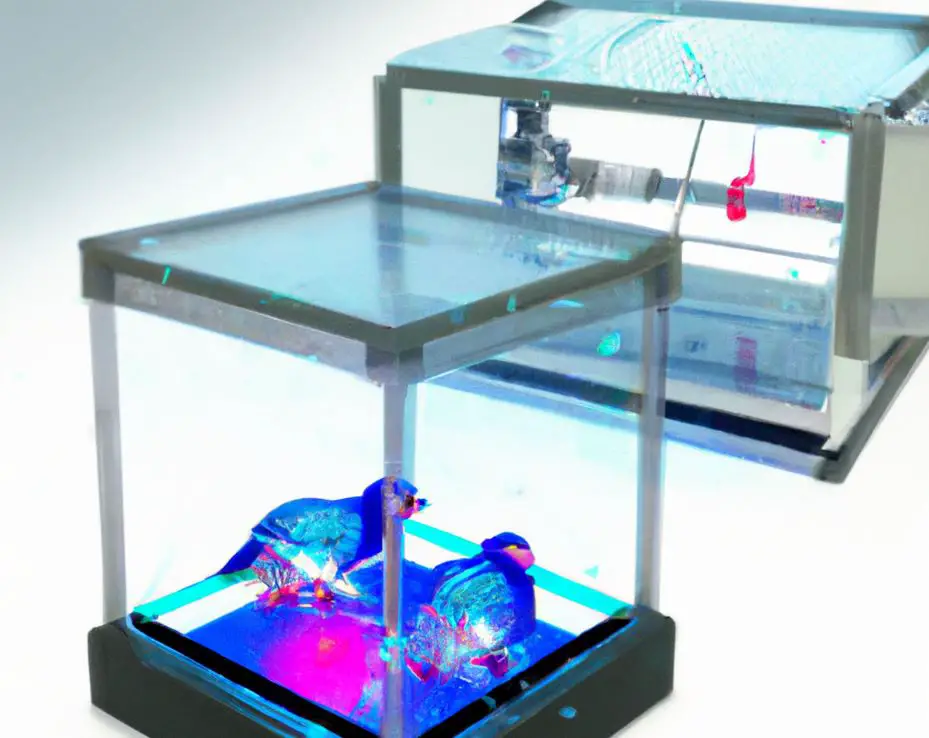Replicating beauty pageant camels, replicating equestrian racing horses, replicating high-yielding super cows… With the gradual popularization of animal replication technology, people can use technology to meet various economic and even emotional needs. At the same time, it can also bring a glimmer of life to endangered animals.
Camels have a dignified status and significance in Dubai. In the past, they were the source of meat and milk, feeding countless human beings; they carried residents across the deserts of the Arabian Peninsula, and opened a prosperous era of commerce and transactions.
Table of Contents
“The camel is our treasure and our companion.”
Obaid Al Falasi, founder of the first camel riding school in Dubai, said: “The Qur’an also mentions camels many times, and especially emphasizes that camels have “divine-like abilities”: they can ride without eating or drinking. Walking in the desert is different from any other animal.”
Today, they are not only a cultural symbol of the Arab world, but also the protagonists of sightseeing activities, camel races, and beauty contests.
Copying a camel has many uses, and I want to copy a beauty queen the most
In 2009, Nisar Ahmad Wani, director of science and technology at the Reproductive Biotechnology Center in Dubai, and his team completed the world’s first “copy camel” initiative. They continue to use biological replication technology, and today, they can produce an average of about 20 dromedary camels a year. Varney said in an interview: “Our orders are getting soft, and the supply exceeds the demand.”
Many clients want to use the cloning technology to produce offspring of racing camels with excellent physique, or offspring of camels that can produce up to 35 liters of milk in a single day, or even clone dead pet camels.
The order with the largest quantity and the highest unit price is from “Customized Beauty Pageant Camel”. The Turkish Daily Morning News reported that the price of “beautiful camel” offspring produced by copying the genes of camel beauty queens is about US$50,000 to US$100,000.
Middle East Special Hot Event: Camel Pageant
“Camel beauty pageants” are popular events across the Arabian Peninsula, with some prize money reaching millions. Since the economic development of countries in the Middle East due to oil exploration in the 20th century, people’s interest in camel beauty pageants has greatly increased, and some competitions even have millions of dollars in prize money.
The Saudi Press Agency (SPA) reported that the camel beauty contest held during the 40-day King Abdulaziz Camel Festival in December 2021 will have more than US$66 million in prize money.
In order to win huge prizes and let the camels win the race, the owners have tried their best and cheated endlessly. They even inject fillers such as silicone and Botox into the hump, or use rubber to change the appearance, etc.
However, if such illegal methods of modifying the camel’s body are discovered, not only will the eligibility for the competition be disqualified, but the breeder may also face a fine. However, the replica camels produced by replica technology meet the competition rules.
Cloning Price at $35,000, the success rate is only 10%
The production process of Varney’s team is to first take out the DNA from the somatic cells of the animal body, then insert the eggs, and stimulate them with chemicals, “so that the DNA after transplantation can behave like ordinary embryonic DNA (cell division).”

Varney explained that after about a week of laboratory cultivation, it can be transferred to the uterus of a surrogate mother to grow, so that “the child is genetically identical to the deity.”
It doesn’t sound too difficult, but nearly 15 years after the birth of the first cloned camel, the chances of successful birth are still only 10%.
Using technology and experience to replicate the endangered Bactrian camel
Now that they are experts in replicating camels and are at the center of the worldwide camel craze, Wani’s team is also trying to replicate the endangered Bactrian camel.
Due to habitat loss and frequent interbreeding with farmed camels, the two-humped wild Bactrian camel is also one of the endangered large mammals on Earth.
Wani’s team used the technology of nuclear transfer of the same species to try to make the eggs and surrogate mothers as close as possible to the original body.
In 2017, they successfully produced the first cloned Bactrian camel, and the embryo was actually implanted into the mother of a dromedary camel to conceive and give birth.
Love horse dies, replicating technology makes it regenerate
After the death of his beloved horse, Pacino, Irish equestrian expert Clem McMahon commissioned an animal cloning company to use his skin cells to create Pacino II. Pacino, a horse that participated in equestrian sports events and was good at jumping, died of kidney failure in 2013 at the age of 9.
McMahon said that Pacino is “the love of his life”, so he has long been prepared: “I know that death is inevitable, and I have heard of clone horses, so I will save some Pacino’s skin cells as samples first.”
After many attempts and failures, in 2019, the Argentine Copy Animal Company successfully bred Pacino II.
McMahon didn’t make any fanfare at first, only wanting to make sure that Pacino II grew up in the same way as other horses: “He received saddle taming, riding training and running exercises, he had a good temper, and even better , it really looks exactly like Pacino!”
However, McMahon did not make the 3-year-old Pacino II an equestrian horse like the deity, but planned to use it as a stallion and provide artificial insemination semen for horses.
In fact, artificially replicated equestrian horses are not uncommon in Ireland: in 2015, the year after the death of a top stallion named “Crusing”, the owner duplicated two horses and named them Crusing Arish and Crusing Encore. Now they have all entered the equestrian arena with excellent results.
China replicates ‘super cow’ to reduce import dependence
During the Spring Festival this year, three cloned cows cultured with “super cow” cells were born in Ningxia, China.
The so-called “super cows” refer to dairy cows with extremely high milk production. The annual milk production exceeds 18 tons, and it is estimated that the milk production can exceed 100 tons.
The host of the “Super Dairy Cow” project is the State Key Laboratory of Livestock Biology of China. Professor Jin Yaping, deputy director, said that through replication technology, “we plan to give birth to more than 1,000 super dairy cows within 2 to 3 years”, which can effectively solve the long-term problems of Chinese dairy cows. More than half depend on imports.
In 2017, Chinese biological scientists also announced that they had bred cattle breeds that effectively reduced the risk of bovine tuberculosis infection.
In 2022, China’s Harbin Polar Park cooperated with a biotechnology company in Beijing to use the only endangered animal arctic wolf cells in the zoo, using Beagle as a surrogate mother, to successfully reproduce two arctic wolves, one of which died of hemolytic disease. Only one successfully grew up, named Maya.





